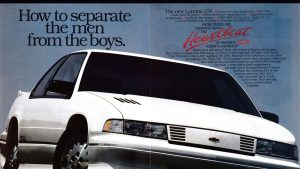
Alfa Romeo Spider ranks among the most iconic convertibles from the early 70s. Even to this day, the car is an excellent collector’s vehicle, primarily due to its design. Behind the car’s legendary design were both Aldo Brovarone and Battista Pininfarina and the design was done at Pininfarina itself. During the design and development phase of the Spider, designs of several concept and production cars made by Alfa Romeo were taken into consideration.
- Series 3 Spider Quadrifoglio Verde
- The Series 3 came with significant upgrades
- Alfa Romeo Niki Lauda
- The trendy twin-cam
- Designed at Pininfarina
- Look out for rust and fluid leaks
- Spare availability issue
- Expensive to maintain
- A movie made The Spider more popular
- The 1970s design update was significant
The Spider’s design bears significant inspiration from the 1956 Alfa Romeo S3000 CM Superflow concept car that had a plexiglass greenhouse rear end. The Spider was first showcased back in the 36th Geneva Motor Show which was held in March 1966. The name of the car was decided later through a write-in competition. Eventually, the popular “Duetto” name was shortlisted but wasn’t adopted officially due to trademark infringement issues.
10. The 1970s design update was significant
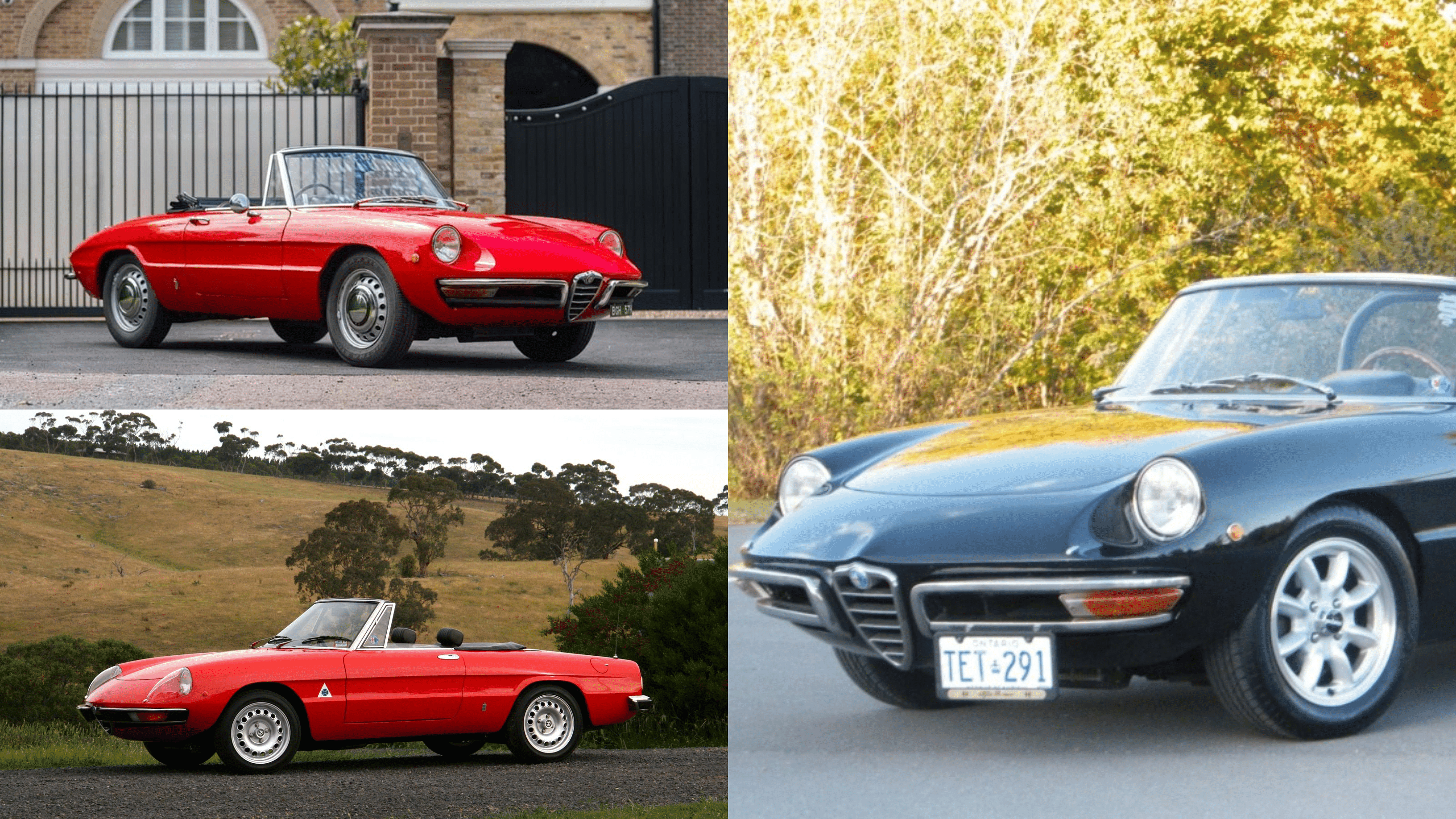
The Spider’s design update for its second-generation model in 1970 played a major role in the design parts of future generations. The updated and squared-off design of the trunk was popularly known as “Kamm-Tail” and the 1971 model arrived with the bigger and more powerful 2.0-liter twin-cam motor exclusively for the USA markets.
9. A movie made The Spider more popular
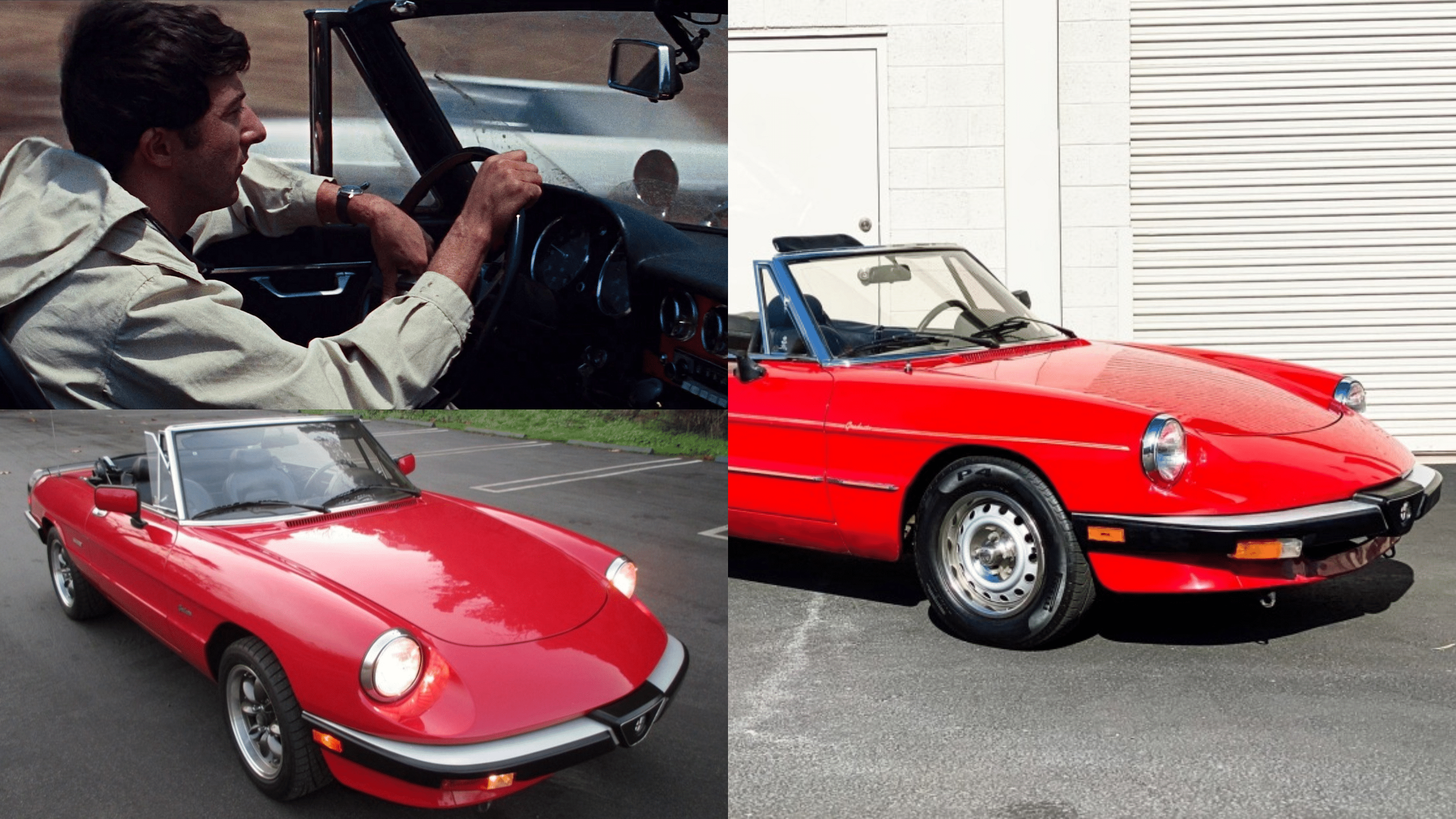
The Alfa Romeo Spider was a hit after the launch, courtesy of its fantastic twin-cam motor and that irresistible design. However, the car became more recognized across the globe after it was featured in the movie, The Graduate. Furthermore, it was driven by the legendary actor Dustin Hoffman in that movie which acted as a supplementing driving force behind the car’s increased popularity.
8. Expensive to maintain
The Spider’s engine was and is still reliable. However, they do require periodic maintenance to keep working fine. And the cost of maintaining them isn’t cheap either. The valves of the twin-cam motors require adjustments every 20,000 miles, and doing them requires an expert and a fair bit of your hard-earned bucks.
7. Spare availability issue
While the Alfa Romeo Spider is still a more reliable machine when compared to its British rivals, the availability of spares might be an issue. Given the car’s age, spares for the first and second-generation models of the Spider would be even harder to find.
6. Look out for rust and fluid leaks
The Alfa Romeo Spider is old now, and a majority of old cars aren’t old Toyotas, sorry for the comparison. While a well-maintained Spider won’t give you many headaches, you should look out for rusting and oil leaks. The prime areas of rusting are the spare wheel well inside the trunk and the underside of the trunk near the car’s fuel tank.
5. Designed at Pininfarina
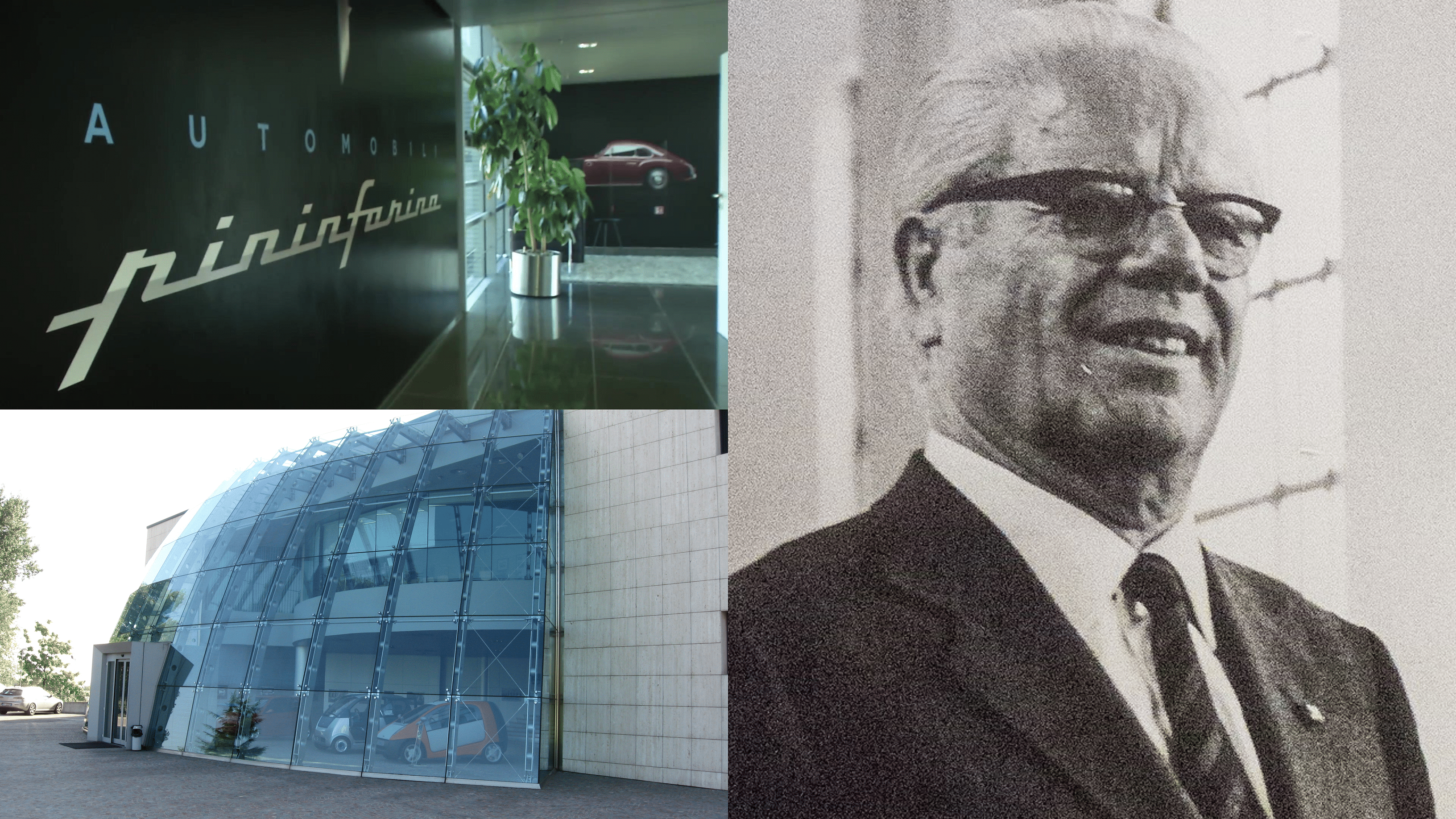
While the earlier cars from Alfa Romeo are nothing less than design masterpieces, the Spider was one from its time. The reason behind the iconic design is Battista Pininfarina and Aldo Brovarone, the two legendary automotive designers of all time. The car’s design was done at Pininfarina headquarters in Turin, Italy.
4. The trendy twin-cam

Soon after the Spider’s launch, the now-iconic twin-cam motor was something unique and completely new back then. As such, the motor started a new trend of twin-cam engines. The Spider was offered with 1.6L, 2.0L, and 2.6L twin-cam engines based on the variants and you can choose according to your requirements considering they deliver different outputs.
3. Alfa Romeo Niki Lauda
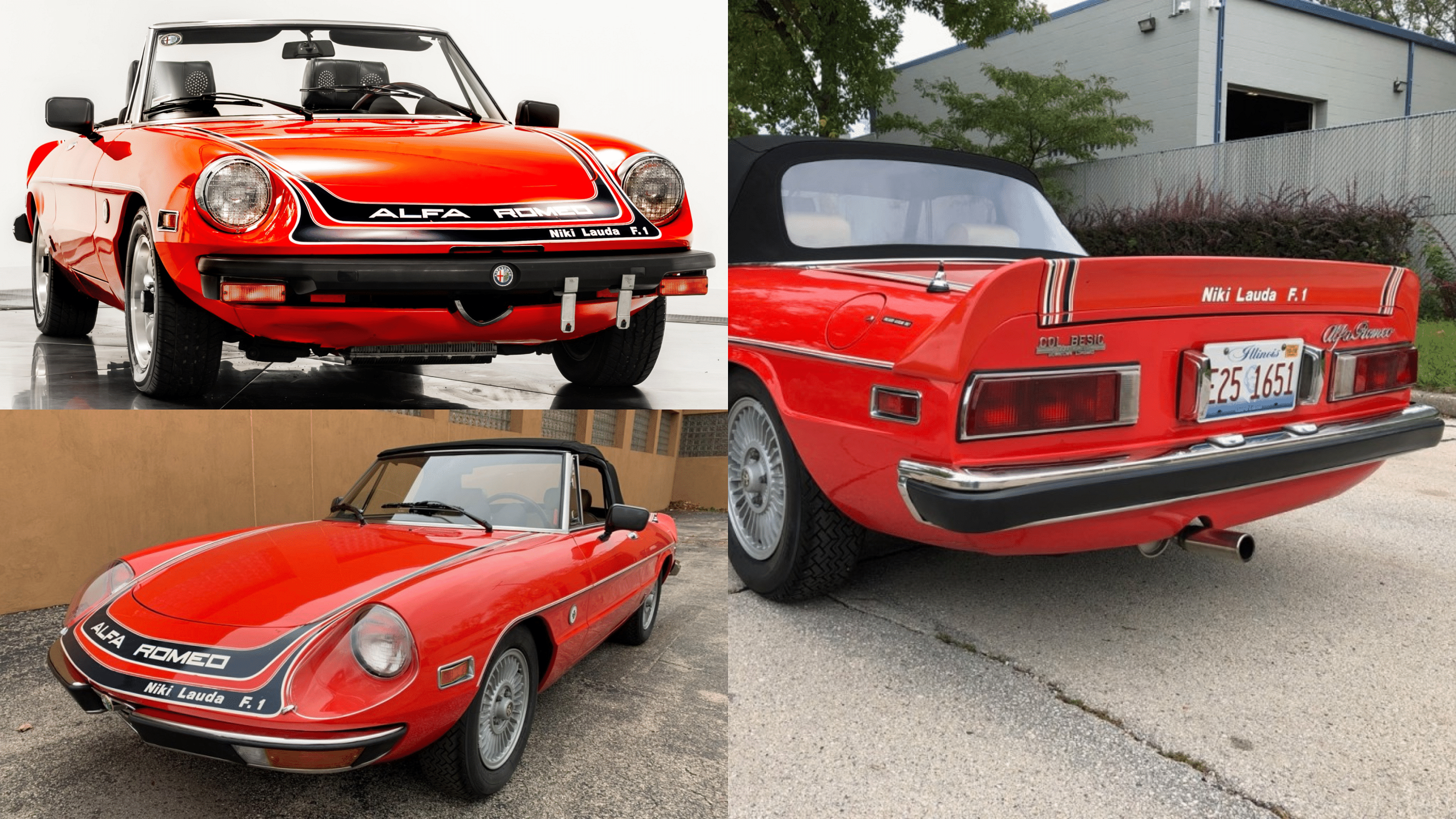
The F1 legend, Niki Lauda joined Alfa Romeo’s racing team back in the late 70s. To recognize his contributions and F1 victories, the brand made a special edition of the Spider named after Lauda in 1978. The car came with special black liveries on the exterior with Niki Lauda’s name written. But this is super rare and even if you find one, you might have to bid too high to make it yours.
2. The Series 3 came with significant upgrades

During the 80s, the Spider saw another design change in the guise of Series 3. Following the then-trend, the Spider came with some upgrades such as a carpeted floor on the interior and black rubber front and rear bumpers on the outside. Hence, before you buy the Spider, it’s better to get your priorities in order.
1. Series 3 Spider Quadrifoglio Verde
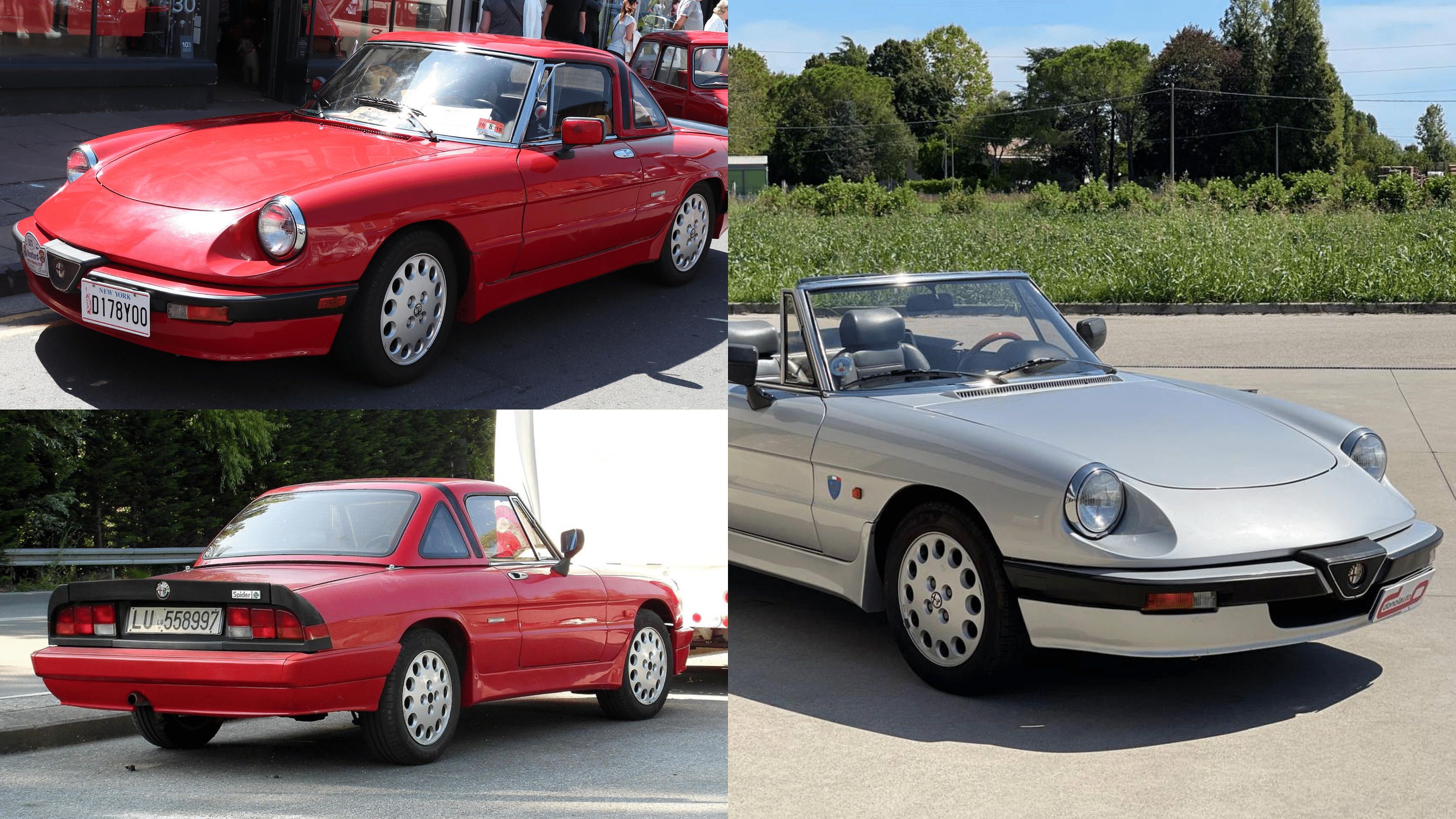
Quadrifoglio-badged vehicles from Alfa Romeo are quite desirable now and the badge speaks plenty about performance too. Back during the Spider’s time, the 3rd-gen model of the car saw a special Quadrifoglio Verde edition that came with a 2.0-liter twin-cam motor. It had a top speed of 130 mph and was offered with an optional targa hard top which was not the case for regular Spiders. Considering you can find and afford it, this will be a prized possession in your garage.









